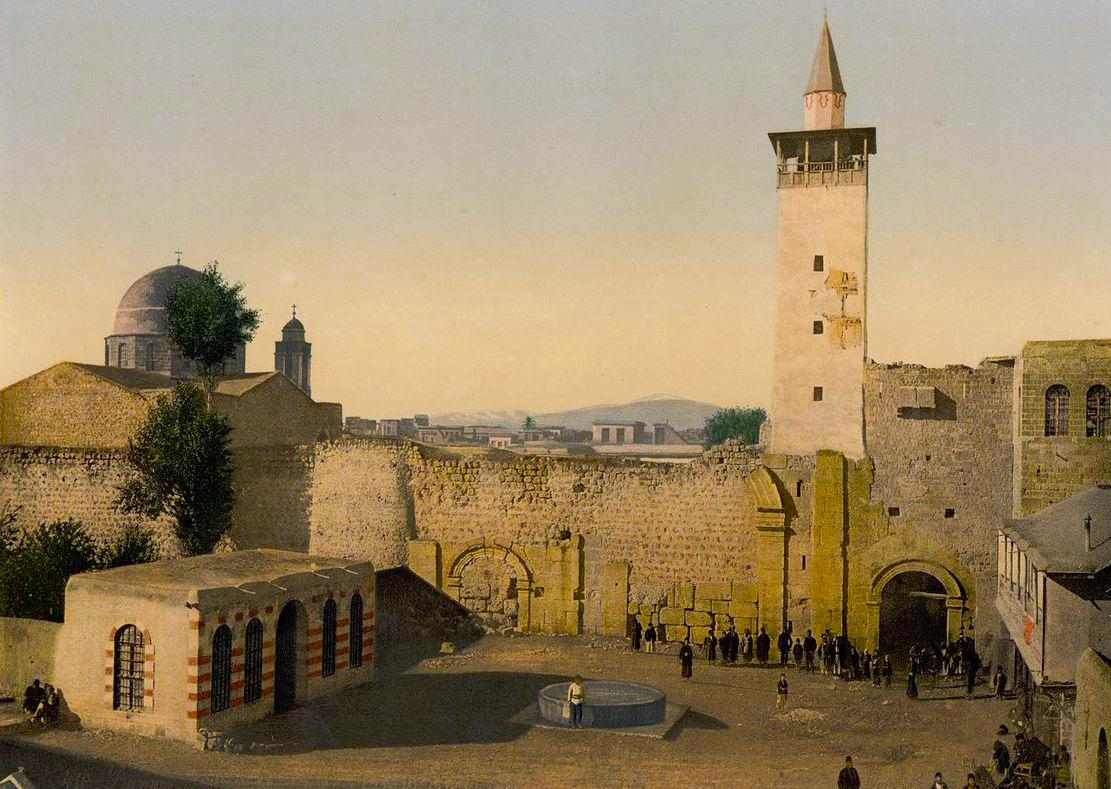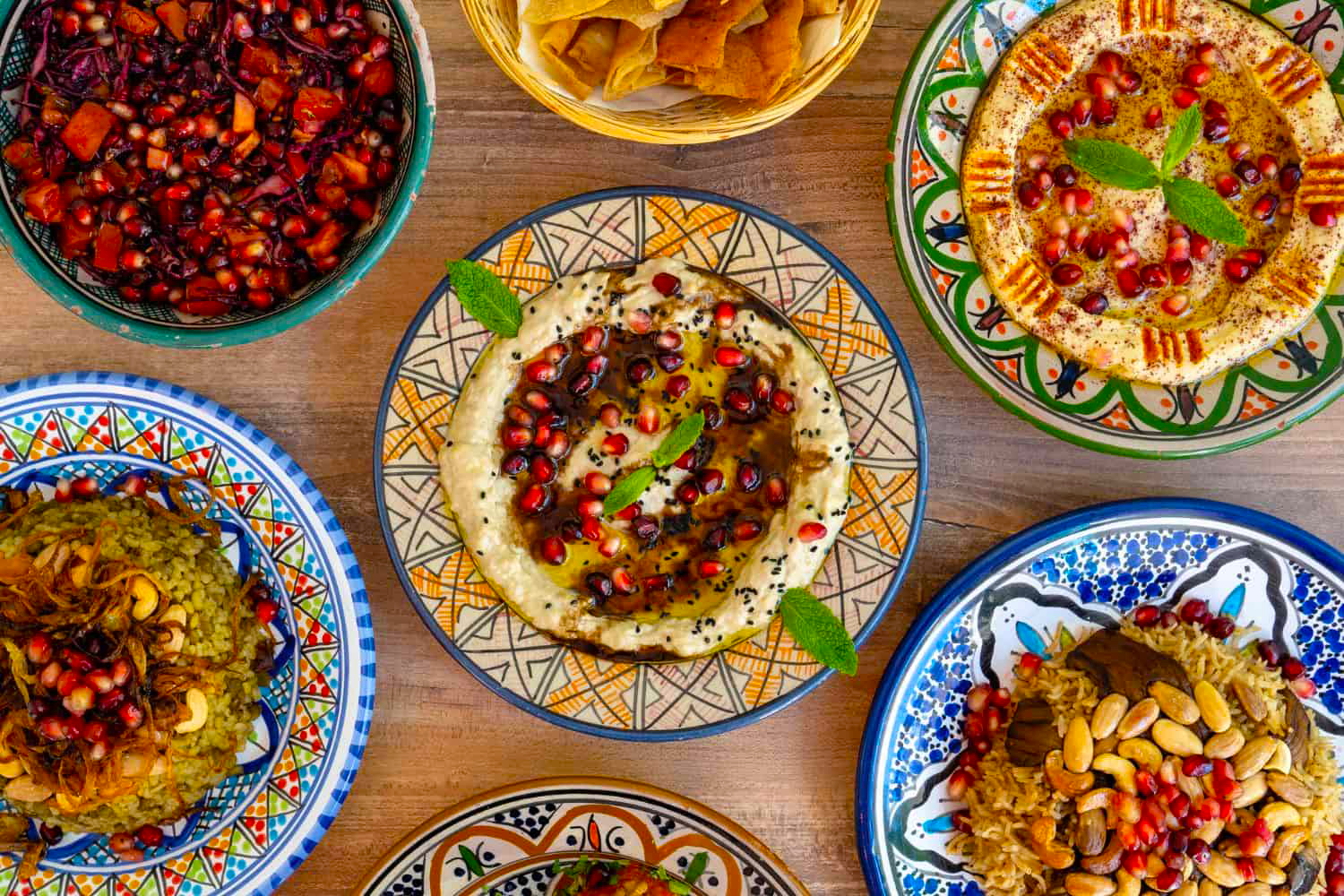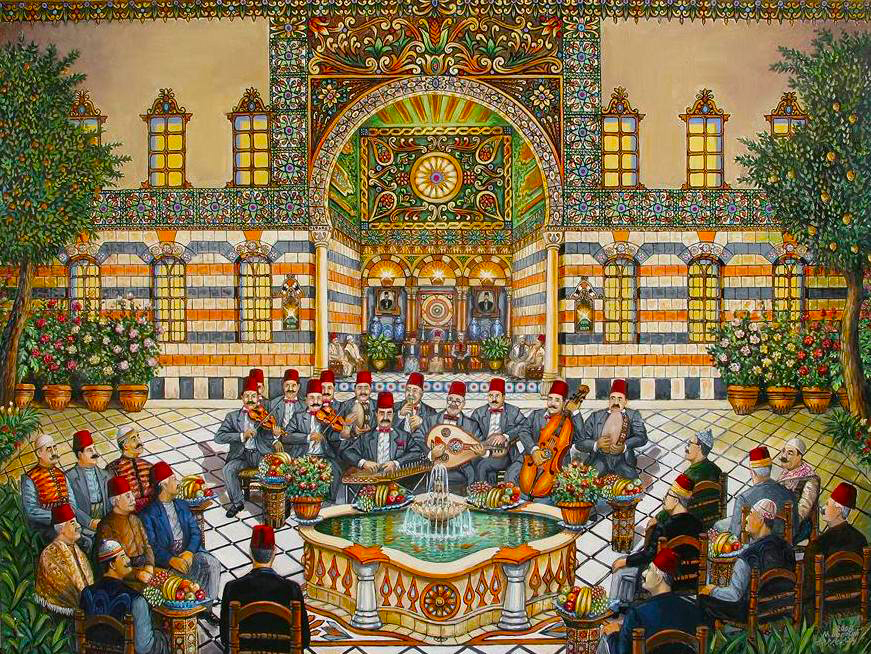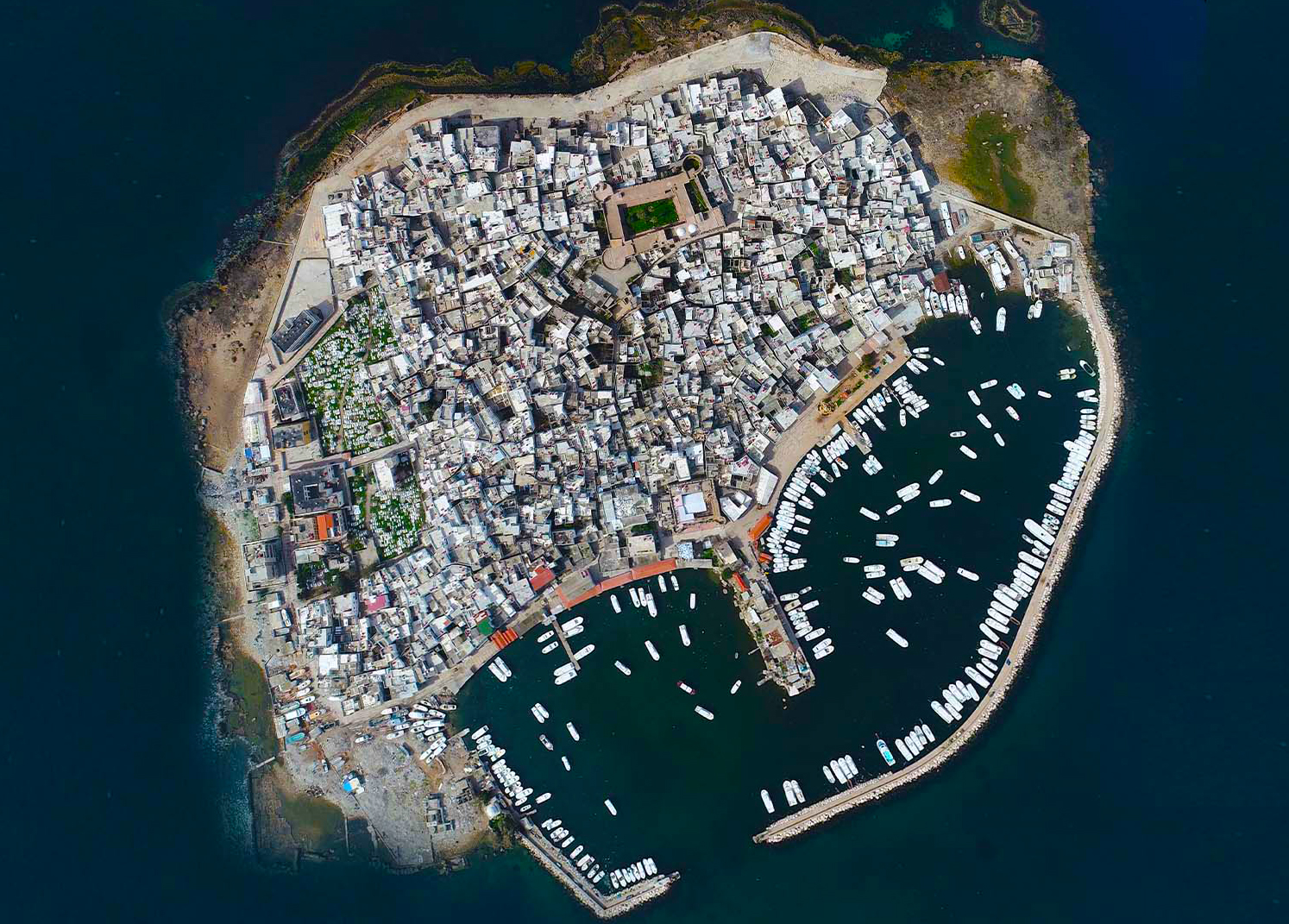Nestled just off the coast of Tartous in Syria lies Arwad Island (جزيرة أرواد), the country’s only inhabited island and a place rich in history, culture, and natural beauty. For travelers seeking a unique destination with layers of ancient civilizations, stunning sea views, and a vibrant local culture, Arwad offers an unforgettable experience.
This comprehensive guide covers everything a visitor needs to know—from how to get there, what to see, where to eat, to practical tips and historical insights.
Introduction to Arwad Island
Arwad Island is situated about 3 kilometers (2 miles) off Syria’s Mediterranean coast near the city of Tartous. It measures approximately 800 meters by 400 meters, making it a small yet captivating island. Despite its modest size, Arwad holds an outsized place in Syrian history and culture.
Known in antiquity as Arados, the island was a crucial Phoenician trading hub and later a Byzantine, Crusader, and Ottoman outpost. Today, Arwad remains a living community where fishermen, artisans, and shopkeepers continue age-old traditions.
How to Reach Arwad Island
Travelers can reach Arwad by boat from the mainland port of Tartous. Several daily ferry services operate during the tourist season, making the island accessible for day trips or overnight stays.
Tips for Visiting:
- The boat ride takes about 15 minutes.
- Check ferry schedules locally, as they can vary seasonally or due to weather.
- Carry small cash as the island has limited ATM access.
- Wear comfortable shoes for walking on cobblestone streets and uneven surfaces.
History of Arwad Island
Ancient Phoenician Port
Arwad’s strategic location made it an important Phoenician port from around the 2nd millennium BCE. It was a center of maritime trade, exporting goods like cedarwood, textiles, and glassware across the Mediterranean.
Classical and Byzantine Eras
During the classical period, Arwad was part of the Hellenistic world and later the Roman Empire. It served as a naval base and fortress guarding Syria’s coast. Byzantine influence is evident in early Christian ruins scattered on the island.
Crusader and Mamluk Periods
In the medieval era, Arwad was a contested stronghold between Crusaders and Muslim rulers. The Crusaders fortified the island, making it one of the last Christian outposts in the Levant before its conquest by Mamluks.
Ottoman and Modern Era
Under Ottoman rule, Arwad continued as a fishing and trading community. It retained its unique island culture, blending local traditions with influences from across the empire. Today, Arwad is a symbol of Syria’s rich coastal heritage.
Main Attractions on Arwad Island
Though small, Arwad is packed with sites of interest blending history, architecture, and seaside charm.
1. The Old Fortress (قلعة أرواد)
Dominating the island’s skyline, the Old Fortress dates back to the Crusader period but was built upon earlier foundations. Its thick stone walls and towers once protected the island from naval attacks.
Visitors can explore the fortress ruins, climb the walls for panoramic views of the Mediterranean, and imagine the island’s strategic importance through centuries of warfare.
2. Historic City Walls and Gates
The island’s perimeter is lined with remnants of ancient city walls and gates, showcasing the fortifications built to defend Arwad’s residents. Walking these walls offers views of the sea and mainland and a glimpse into medieval defensive architecture.
3. The Old Harbor (المرفأ القديم)
The harbor remains the heart of island life, where colorful fishing boats dock daily. The lively scene offers photo opportunities and a chance to witness traditional fishing methods.
Nearby, you’ll find small cafes and seafood restaurants serving freshly caught fish and local specialties.
4. Traditional Streets and Architecture
Arwad’s narrow winding streets are lined with old stone houses featuring classic Levantine architecture. Strolling the lanes gives visitors a feel for island life, with friendly locals, quaint shops, and artisan workshops.
5. Churches and Religious Sites
Several historic churches dot the island, reflecting its Christian heritage, including small chapels dating back to Byzantine times. These quiet sanctuaries offer insight into the religious diversity of Arwad.
Activities and Experiences
Beach and Swimming
Arwad offers rocky and sandy spots perfect for swimming and sunbathing. The crystal-clear Mediterranean waters invite visitors for snorkeling or simply cooling off after exploring.
Fishing Tours
Local fishermen offer tours to experience traditional fishing methods. These boat trips provide an authentic insight into Arwad’s maritime culture.
Local Markets and Souvenirs
The island’s markets sell handcrafted goods, souvenirs, and fresh seafood. Visitors can buy items like woven textiles, pottery, or local sweets.
Festivals and Cultural Events
Occasionally, Arwad hosts cultural festivals celebrating its heritage, including music, dance, and food events that showcase the island’s vibrant community.
Where to Eat on Arwad Island
Despite its small size, Arwad has a variety of eateries offering delicious local cuisine.
- Seafood Restaurants: Fresh fish, grilled calamari, shrimp, and traditional Levantine meze platters.
- Cafés: Serve Arabic coffee, tea, and sweets in relaxed settings overlooking the sea.
- Local Bakeries: Offering fresh bread, pastries, and traditional desserts.
Accommodation on Arwad Island
Accommodation options are limited but charming, including guesthouses and small hotels that provide authentic island hospitality. Staying overnight lets visitors enjoy quieter evenings and early morning views before the day-trippers arrive.
Practical Tips for Visitors
- Best Time to Visit: Spring and early autumn offer mild weather and fewer crowds.
- Currency: Syrian pound, but cash is essential as card payments are rarely accepted.
- Language: Arabic is spoken; a few locals speak basic English or French.
- Connectivity: Internet access may be limited; plan accordingly.
- Respect Local Customs: Dress modestly and respect religious sites.
- Safety: Check local conditions before traveling due to the region’s complex political situation.
Why Visit Arwad Island?
- Unique Island Experience: The only inhabited Syrian island with a rich mix of history and culture.
- Historical Layers: Phoenician, Roman, Crusader, and Ottoman influences packed into a compact setting.
- Seaside Charm: Picturesque views, fresh seafood, and vibrant local life.
- Off-the-Beaten-Path: A rare gem away from mass tourism, perfect for curious travelers.
Conclusion
Arwad Island stands as a testament to Syria’s diverse cultural and historical heritage. Its strategic location, fascinating ruins, and living traditions offer visitors a deep and rewarding travel experience. Whether you are a history enthusiast, a beach lover, or a curious traveler, Arwad welcomes you with open arms and stories carved in stone and sea.



